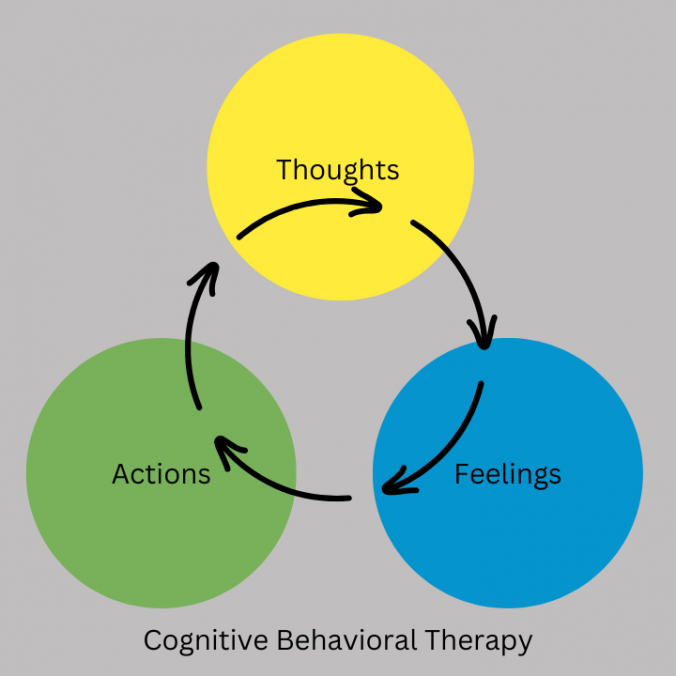You Are Not Your Thoughts, Feelings, or Body—You Are the Observer
Ever felt overwhelmed by your thoughts or emotions, or caught up in judging your body? Many of us get trapped in our minds, believing that our thoughts, feelings, and sensations define who we are. But the truth is: you are not your thoughts, feelings, or body. You are the observer, the essence behind all those experiences.
This might sound a bit abstract, but it’s a powerful idea that can lead to greater peace and freedom in life. Let’s explore what this means in simple terms and how you can start embracing it.
You Are Not Your Thoughts
Our minds are busy places, constantly generating thoughts—some helpful, some hurtful. You might think, “I’m not smart enough,” or “I always mess up.” When we believe these thoughts, they shape how we feel and act. But here’s the thing: thoughts are not facts. They are just passing ideas.
Think of your thoughts like leaves floating down a stream. Some are light and harmless, others heavy and dark, but they all pass by. You are not those leaves—you are the observer watching them go by.
You Are Not Your Feelings
Feelings can be intense, like waves crashing on the shore. One moment you feel happy, the next overwhelmed with anxiety or sadness. Emotions can be strong, but they come and go. They are part of your experience, but they aren’t you.
Instead of saying, “I am anxious,” try saying, “I am feeling anxious right now.” This small change in language can make a big difference. It reminds you that feelings are temporary, not a permanent part of who you are.
You Are Not Your Sensations
Physical sensations—like a tight chest or a pounding heart—can make us feel uncomfortable or even scared. But just like thoughts and feelings, sensations don’t last forever. They are simply your body’s way of communicating what it’s experiencing.
When you notice sensations without reacting to them, you realize that they don’t define you. They’re just signals passing through your body, and you are the one noticing them.
You Are Not Your Body
It’s easy to identify ourselves with our physical appearance or abilities. We often judge ourselves based on how we look or what we can do. But your body is not who you are—it’s the vessel that carries you through life and it changes shapes and forms many times.
Your true self, your essence, is deeper than your physical form. By observing your body with curiosity and kindness, you can appreciate it without letting it define your worth.
So, Who Are You?
If you’re not your thoughts, feelings, or body, then who are you? You are the observer that watches everything unfold. You are the calm awareness behind every experience, the steady presence that remains, even when everything else is constantly changing. The observer is the true self and the essence of who you are.
How to Practice Being the Observer
Here are some simple ways to step into the role of the observer:
1. Notice Your Thoughts
When a negative thought pops up, try not to react right away. Instead, acknowledge it: “I’m noticing the thought that I’m not good enough.” This creates a little distance between you and the thought, allowing you to see it for what it is—a temporary idea, not a fact.
2. Acknowledge Your Feelings
When emotions feel overwhelming, name them. “I’m feeling worried right now.” “I’m noticing sadness.” Naming your emotions helps you recognize that they are just passing states, not your identity.
3. Observe Your Sensations
Pay attention to what’s happening in your body without judgment. If you feel tension in your shoulders, simply notice it. Breathe into the sensation, and let yourself feel it fully without trying to change it.
4. Be Mindful of Your Body
Try to see your body as a friend, not a critic. Appreciate it for what it does—moving you, breathing, keeping you alive—rather than what it looks like. This shift in perspective helps you connect with the essence of who you are beyond your physical form.
Why It Matters
Realizing that you are the observer—the essence behind your experiences—can bring a deep sense of peace. It allows you to:
– Respond calmly to challenges instead of reacting impulsively
– Detach from negative thoughts and emotions that don’t serve you
– Accept yourself without judgment, knowing that your worth isn’t defined by your mind or body
– Live with more presence, embracing each moment as it is
Embracing Your True Essence
Understanding that you are not your thoughts, feelings, or body doesn’t mean you ignore them. Instead, it means you relate to them differently. You see them as parts of your experience, not the core of who you are. Your essence—the observer—remains steady no matter what’s happening around or within you.
The next time you find yourself caught in a storm of thoughts or emotions, take a deep breath. Remind yourself that you are the observer. You are the awareness behind the mind’s chatter, the calm presence watching it all unfold. This shift in perspective can help you navigate life’s ups and downs with a little more grace and a lot more peace.
Your true self is the observer.





